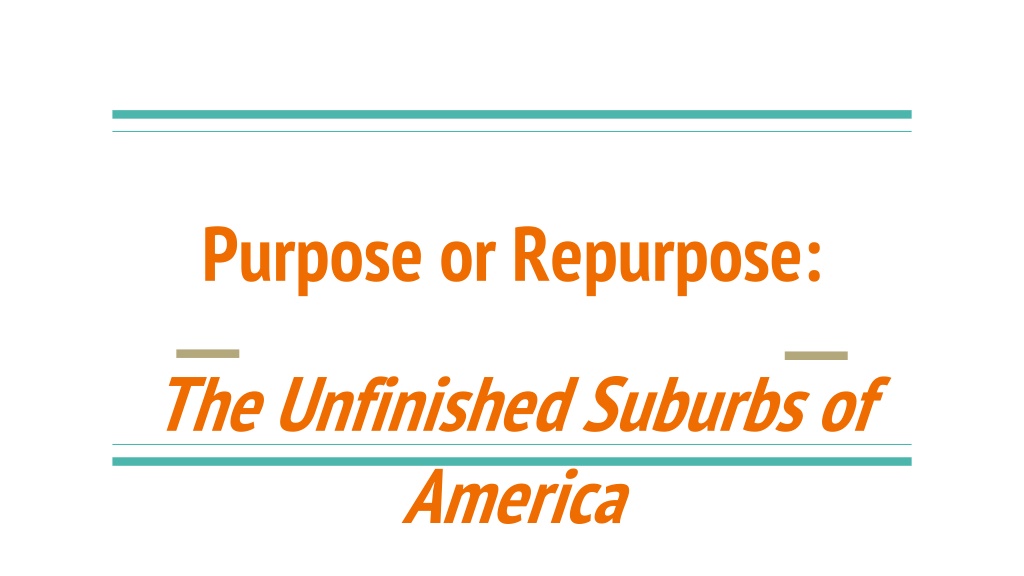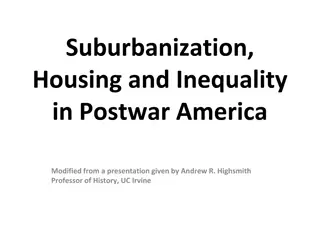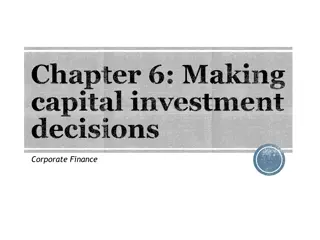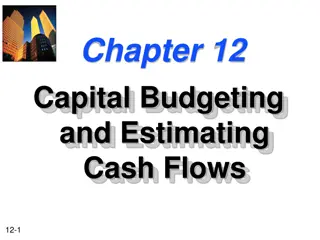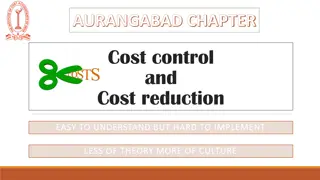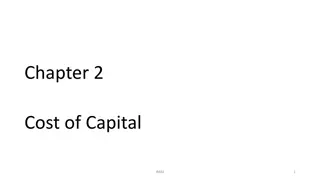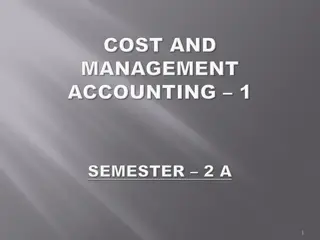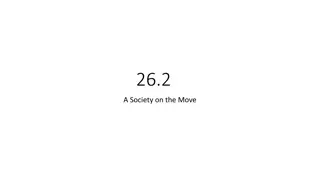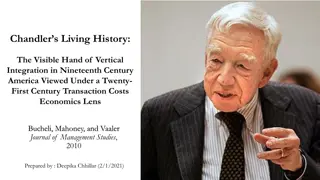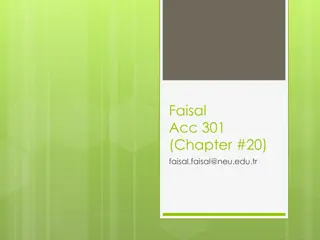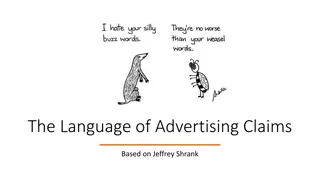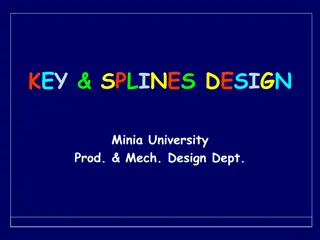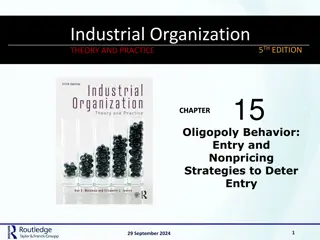The Unfinished Suburbs of America: A Sunk Cost Perspective
Exploring the phenomenon of abandoned suburban developments in the US through the lens of sunk costs. The impact of the 2008 recession on construction projects, the concept of fixed costs, and the implications of sunk cost fallacy are discussed. Alana Semuels from The Atlantic provides insights on the lingering reminders of the real estate boom and bust, highlighting the challenges faced by developers and local governments in dealing with these "zombie subdivisions".
Download Presentation

Please find below an Image/Link to download the presentation.
The content on the website is provided AS IS for your information and personal use only. It may not be sold, licensed, or shared on other websites without obtaining consent from the author. Download presentation by click this link. If you encounter any issues during the download, it is possible that the publisher has removed the file from their server.
E N D
Presentation Transcript
Purpose or Repurpose: The Unfinished Suburbs of America
Definitions Fixed Costs- Payments to inputs that must be paid even if the output quantity is 0. Avoidable Fixed Costs Recoverable fixed costs. Firm does not have to pay when it stops operating or producing the good (renting or selling). Sunk Costs- Unavoidable fixed costs. Once paid, the costs cannot recovered. Crucial to decisions a firm makes about how to react if things begin to go south. Specific Capital- Capital that cannot be used outside of its original application.
Sunk Cost Fallacy: I might as well The mistake of letting sunk costs affect forward-looking decision. Costs are lost no matter what action is chosen next.
Sunk Costs Explained I might as well go on vacation, I already bought my airline ticket. I might as well finish watching the movie, even though the first hour was dreadful.
Problem Early millenium Real estate business was booming. Developers buying up land for homes. Recession of 2008 Construction and building stopped. Some homes completed, while other were left vacant.
There are hundreds of zombie subdivisions like this one scattered across the country. They re visible reminds of the housing boom and bust, planned and paved in the heady days where it seemed that everybody wanted a home in the suburbs, and could afford it, too. But when the economy tanked, many of the developers behind these subdivisions went belly-up, and construction stopped. - Alana Semuels, Staff writer at The Atlantic
Applying Definitions Fixed Costs Street signs, electric cables, sidewalks, paving of roads, lamp posts homes Require payment after the building and development was halted.
Sunk Costs Applied Sunk Costs Empty lots (public safety and maintenance) Paved roads or installed infrastructure Local governments who try to stop building even if there is little demand can be sued for preventing development where it had once been approved. Writer, Alana Semuels
Repurposing the Developmentand Recovering Costs People moved into unfinished homes. Maricopa, Arizona A church was in the market for a building site with existing water and infrastructure services. 600 residential building permits per month when the real estate market was up. Teton County, Indiana Converted resort with 350 lots to a community project with 21 lots Ocean Shores, Washington state Converted 12 4-story condos buildings (500 condo units) into 300 cottages (smaller single family homes)
Hard to Recover Zoning codes Landowners can argue that downsizing will lead to a less profitable future use. Alena Semuels It can be difficult if you re trying, as we are, not to just pick up the pieces and build again, but build in a smarter way, a complete community. - Michael Mehaffy, Urban Developer and consultant
